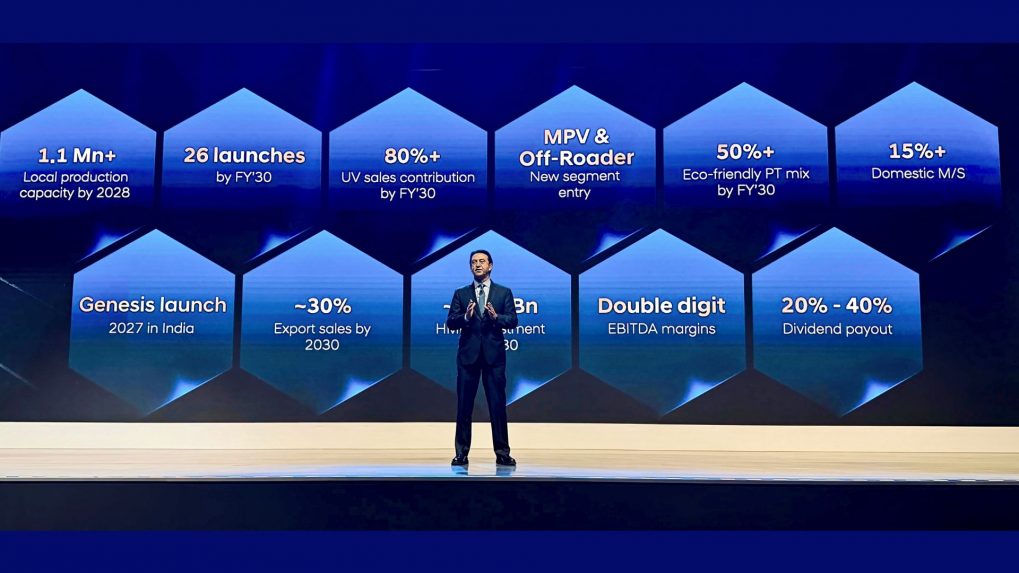Digital
Why OpenAI is hiring 100 ex-bankers: Inside the ChatGPT-maker's secret project to automate Wall Street's grunt work

Hyundai Motor India Limited (HMIL) hosted its first-ever Investor Day, presenting a comprehensive strategic roadmap that includes India centric product expansion plans, advanced manufacturing, deep localization and key financial guidance to support its growth trajectory through FY2030.
José Muñoz, president & CEO, HMC said, “Following our landmark IPO last year and 29 years of success in India, now HMIL plans an investment of ₹45,000 crores through FY2030 to drive the next phase of growth. India is a strategic priority in Hyundai’s global growth vision. By 2030, HMIL will be our second-largest region globally, aligned with the Honorable Prime Minister Shri. Narendra Modi's vision of ‘Make in India.’"
He added, "We're making India a global export hub, targeting upto 30% export contribution. Our commitment is comprehensive: 26 product launches including 7 new nameplates, India's first locally manufactured dedicated electric SUV by 2027 and the launch of our luxury brand Genesis, all while treating every customer like our honoured guest. The fundamentals are strong. The strategy is clear. The team is energized. And most importantly, we have the trust of Indian customers built over 29 years. It's a great time to be at Hyundai Motor India.”
Unsoo Kim, managing director, HMIL said, “Our robust investment plans reflect HMIL’s strategic expansion and our vision to deliver smart mobility solutions enriched with world-class products and cutting-edge technologies for India’s aspiring and fast growing customer base. As we chart this growth trajectory, we are targeting a revenue milestone of ₹1 lakh crore by FY2030, while sustaining strong double-digit EBITDA margins. Most importantly, we remain deeply committed to creating long-term value for our shareholders by announcing a healthy dividend payout guidance of 20% – 40%.”
Tarun Garg, whole-time director & COO, HMIL added, “This transformative 2030 roadmap serves as a pivotal catalyst in redefining HMIL’s growth trajectory and propelling us to new heights through well-aided strategic initiatives. As we chart our course through this transformative evolution, HMIL sets out target to achieve 15%+ market share in domestic market underpinned by India centric product launches. We remain steadfast to augment our presence in high-growth SUV segment driven by robust product strategy and customer centric approach, thereby, targeting over 80% UV contribution by FY2030.”
He further added, “We are set to become one of the very few mass-market OEMs in India to offer a comprehensive range of powertrain options spanning ICE, CNG, EV and Hybrid technologies with more than 50% of our portfolio powered by cleaner and more sustainable technologies, reflecting our commitment to future-ready mobility. By FY2030, our sales and service network will extend to 85% of India’s districts, with rural markets expected to contribute 30% of total sales, underscoring our inclusive growth strategy and deepening reach across Bharat.”
In a wide-ranging interview with Storyboard18, Sorrell delivers his frankest assessment yet of how the deal will redefine creativity, media, and talent across markets.